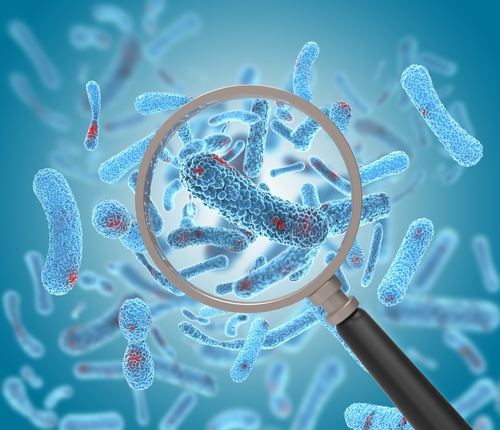Researchers at The University of Texas at Austin have made a significant advancement in the fight against antibiotic-resistant bacteria.
Utilising artificial intelligence (AI), the team has developed a new drug that is showing promising results in animal trials, bringing hope for safer and more effective antibiotics for humans.
AI-driven antibiotics development
In their study, the scientists leveraged a large language model (LLM)—an AI tool similar to ChatGPT—to engineer a safer version of a previously toxic drug that combats antibiotic-resistant bacteria.
This innovative approach could revolutionise the treatment of bacterial infections, which have become increasingly difficult to manage due to the rise of antibiotic-resistant strains and a stagnation in new treatment options.
“We have found that large language models are a major step forward for machine learning applications in protein and peptide engineering,” said Claus Wilke, professor of integrative biology and statistics and data sciences, and co-senior author of the study.
“Many use cases that weren’t feasible with prior approaches are now starting to work. I foresee that these and similar approaches are going to be used widely for developing therapeutics or drugs going forward.”
Large language models and protein engineering
LLMs were initially designed to generate and analyse text sequences, but researchers are now applying these models to other fields.
Proteins, much like sentences, consist of sequences—in this case, amino acids. LLMs group together words with common attributes in an ‘embedding space’ with thousands of dimensions.
Similarly, proteins with similar functions, such as those that can kill harmful bacteria without harming the host, may cluster in their own AI-generated embedding space.
“The space containing all molecules is enormous,” explained co-senior author Davies. “Machine learning allows us to find the areas of chemical space that have the properties we’re interested in, and it can do it so much more quickly and thoroughly than standard one-at-a-time lab approaches.”
Reengineering Protegrin-1
The researchers focused on reengineering an existing antibiotic called Protegrin-1, which, although effective at killing bacteria, is toxic to humans.
Protegrin-1, naturally produced by pigs to fight infections, belongs to a group of antibiotics known as antimicrobial peptides (AMPs).
These AMPs typically kill bacteria by disrupting their cell membranes but can also damage human cell membranes.
Using a high-throughput method they previously developed, the team created over 7,000 variations of Protegrin-1.
This allowed them to identify specific areas of the AMP that could be modified without losing its antibacterial properties.
They then trained a protein LLM on these results to evaluate millions of potential variations for three critical features: selectively targeting bacterial membranes, effectively killing bacteria, and not harming human red blood cells.
Promising results in animal trials
The AI model guided the researchers to a safer and more effective version of Protegrin-1, named bacterially selective Protegrin-1.2 (bsPG-1.2).
In trials, mice infected with multidrug-resistant bacteria and treated with bsPG-1.2 showed a significant reduction in bacterial presence in their organs six hours post-infection compared to untreated mice.
If further testing yields similar results, the team hopes to advance this AI-informed antibiotic drug to human trials.
This breakthrough represents a hopeful step forward in combating antibiotic-resistant bacteria.
The integration of AI in drug development not only accelerates the discovery process but also enhances the precision of creating safer and more effective treatments.
As research continues, the potential for AI-driven solutions to address pressing health challenges becomes increasingly evident.









